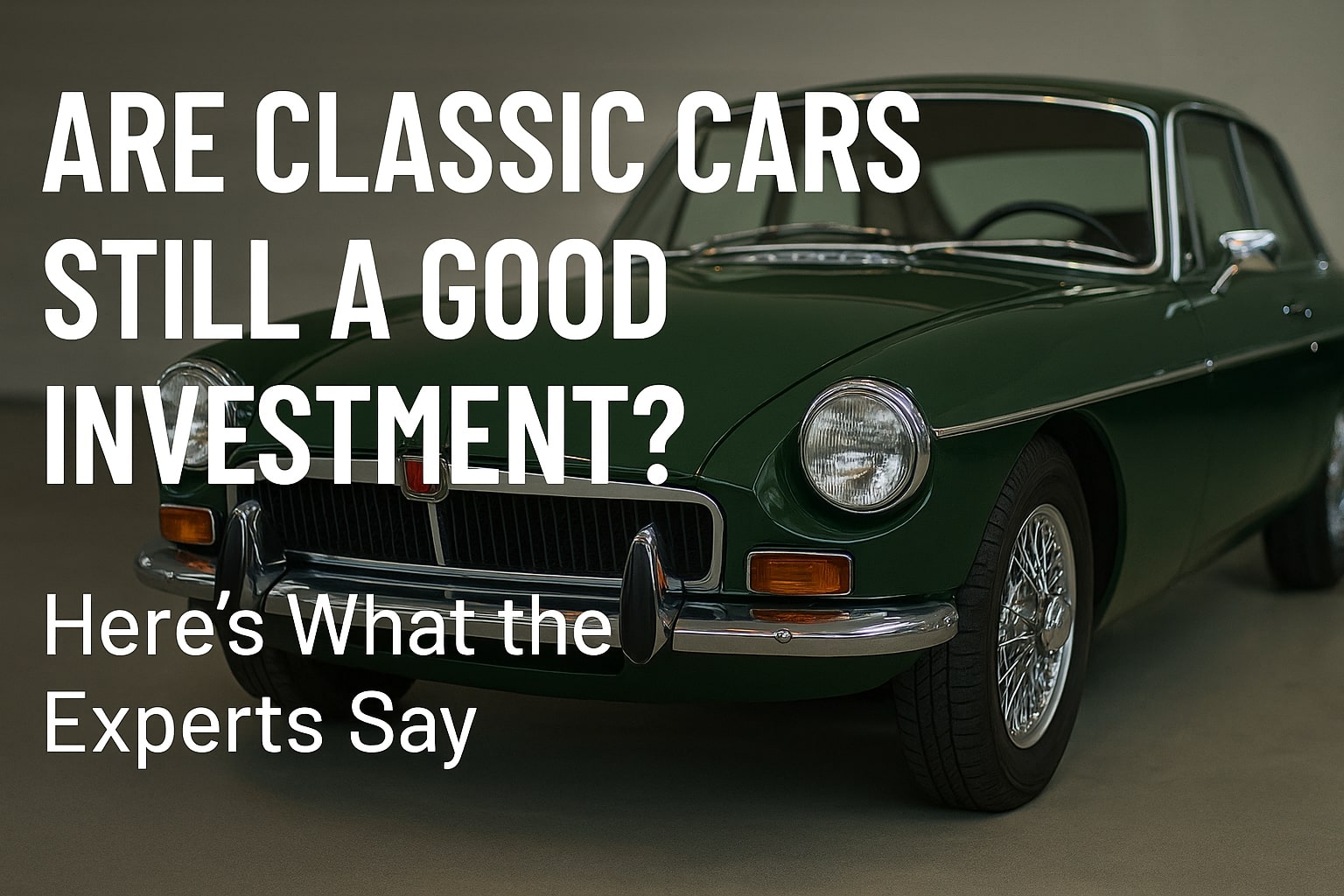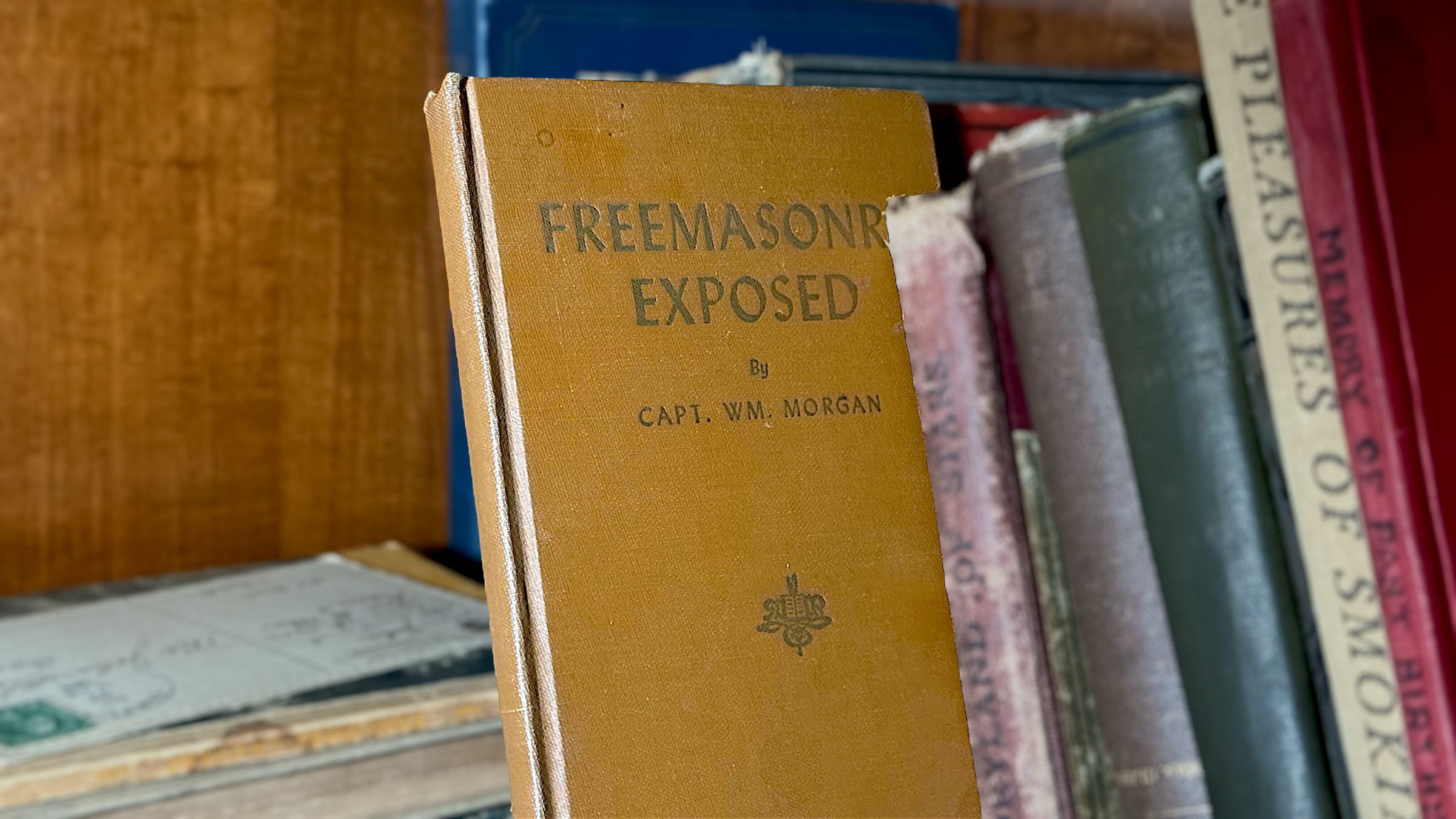Are Classic Cars Still a Good Investment? Here’s What the Experts Say
Experts say classic cars remain a viable investment in 2025 due to robust collector demand, especially for models with strong provenance and limited production. Market trends highlight rising interest from younger buyers and a shift toward 1980s–1990s vehicles. However, the market faces volatility, high maintenance costs, and authenticity challenges. Data suggest well-chosen cars with documented history can outperform, but investors face complex risks. Further insights reveal which cars and strategies are poised to deliver the best returns.
Key Market Trends Shaping Classic Car Investments in 2025
As the classic car investment landscape evolves in 2025, several distinct market trends are shaping investor behavior and asset performance.
Modern classics from the 1980s and 1990s, such as the Porsche 911 (964), Jaguar XJ220, and Honda NSX, are experiencing heightened demand, driven by generational nostalgia and the appeal of engineering that balances vintage charm with modern reliability.
Auction strategies are adapting to this shift; while online platforms expanded reach during the pandemic, live auctions are regaining prominence due to increased bidder engagement and stronger price realization.
Significantly, rare and limited-edition vehicles with verified provenance continue to command premium prices, reflecting global competition and status-driven demand.
Market adjustments, including softened post-pandemic prices and regulatory pressures favoring combustion-engine models, create both volatility and entry-level buying opportunities.
For investors, understanding these evolving auction strategies and the rising influence of modern classics is critical to steering through the 2025 classic car market.
Collector Cars Predicted to Outperform
Despite recent market volatility, collector cars with exceptional provenance and motorsport heritage are positioned to outperform other segments in 2025.
Data indicates a robust market for high-value racing cars, with Michael Schumacher-era and newer Formula 1 vehicles projected to fetch over $10 million.
Collector interest remains particularly strong for models tied to iconic races and legendary drivers, as these cars consistently command premium bids.
Cars linked to legendary drivers and iconic races continue to attract collectors and consistently achieve top-tier auction results.
The Enzo-era Ferrari segment is also expected to rebound, with improved auction sell-through rates and increased availability.
Analysts note a shift toward vehicles with documented historical significance—cars whose racing heritage is well established—enhancing their resilience against broader market fluctuations.
- Schumacher-era and modern F1 cars expected to exceed $10 million at auction
- Enzo-era Ferraris are forecasted to see stronger demand and higher sell-through rates
- Collector interest focuses on models with significant motorsport histories
- Cars with proven racing heritage are less affected by general market volatility
Demographic Changes and Their Impact on Classic Car Demand
Market performance in the collector car segment is increasingly shaped by shifting demographic trends, with maturity, generational preferences, and socioeconomic factors all influencing demand.
Demographic shifts reveal that while the average collector is a white male in his 50s, younger buyers—particularly Millennials—are entering the market at a rapid pace, with auction participation growing by 48% annually since 2009.
This influx is altering buying preferences: Millennials and Gen Z gravitate toward Radwood-era and Japanese classics, diverging from Baby Boomers’ preference for muscle cars and pre-1970s models.
Income disparities and delayed generational wealth accumulation affect the types of vehicles sought, with younger collectors often targeting more affordable or culturally resonant options.
Gender and ethnic diversification is also increasing, gradually expanding the pool of interested buyers and introducing new tastes.
As these demographic shifts continue, demand for certain segments—such as vintage pickups and Porsches—remains stable, while others face contracting buyer pools.
Major Risks and Challenges for Investors
Volatility defines the landscape of classic car investing, exposing investors to a unique set of risks uncommon in traditional asset classes. Market fluctuations play a critical role, as classic car values are highly sensitive to buyer sentiment, economic shifts, and evolving collector preferences.
Unlike stocks or bonds, liquidity is limited, making it difficult to buy or sell quickly without accepting potential discounts. Moreover, maintenance costs remain persistently high, with specialist labor and rare parts required to preserve or restore vehicles, often eroding net returns.
Investors also face substantial challenges verifying authenticity and condition, as non-original components or incomplete documentation can drastically reduce resale value. The cumulative effect of these factors creates a complex risk profile:
- Unpredictable market fluctuations impacting classic car values
- High maintenance costs and restoration expenses
- Illiquidity, making quick sales challenging
- Authentication and provenance difficulties impacting desirability
These risks collectively demand rigorous thoroughness and ongoing financial commitment.
Expert Strategies for Maximizing Returns in the Classic Car Market
A disciplined approach to classic car investing hinges on a combination of rigorous market analysis, careful asset selection, and proactive portfolio management. Investment strategies begin with prioritizing vehicles possessing historical significance, originality, or limited production, as these characteristics consistently correlate with stronger appreciation rates.
Classic car investing demands market insight, selectivity, and disciplined management to unlock the strongest returns from historically significant, original, or rare vehicles.
Analytical valuation methods involve tracking auction results, monitoring price trends, and consulting marque specialists to identify undervalued opportunities within sought-after segments such as 1960s–1970s muscle cars and post-war European sports cars. Asset condition is paramount; vehicles with matching numbers and factory specifications generally command price premiums and minimize restoration costs.
Diversification across periods, brands, and geographies mitigates volatility, while blending “blue-chip” classics with emerging icons guarantees balanced portfolio growth. Cost management is critical; annual storage, insurance, and maintenance should be budgeted at 15–20% of acquisition value, with climate-controlled facilities preferred.
Exit strategies focus on timing sales to market cycles, leveraging digital platforms, and consigning high-value assets to reputable auction houses for maximum liquidity.
Conclusion
Classic cars have shown some great returns in the past and can help diversify your investment portfolio, but recent trends point to more ups and downs as younger buyers have different tastes and market cycles shift.
Investment pros warn that your returns really depend on picking the right models, managing ongoing maintenance expenses, and timing your buys and sells correctly.
If you’re looking to invest in classic cars, opportunities still exist—but you’ll need to be picky and rely on solid data to navigate the risks in this changing market.













Good
Awesome